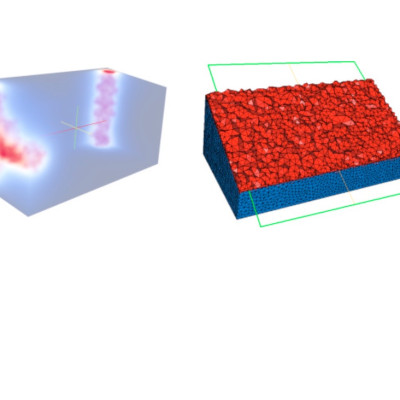Publication
Multiscale modeling of palisade formation in Glioblastoma Multiforme
A. Caiazzo, I. Ramís-Conde
Journal of Theoretical Biology, 383, 145-156 (2015).
MOLAB authors
Abstract
Palisades are characteristic tissue aberrations that arise in glioblastomas. Observation of palisades is considered as a clinical indicator of the transition from a noninvasive to an invasive tumour. In this paper we propose a computational model to study the influence of the hypoxic switch in palisade formation. For this we produced three-dimensional realistic simulations, based on a multiscale hybrid model, coupling the evolution of tumour cells and the oxygen diffusion in tissue, that depict the shape of palisades during its formation. Our results can be summarized as follows: (1) the presented simulations can provide clinicians and biologists with a better understanding of three-dimensional structure of palisades as well as of glioblastomas growth dynamics; (2) we show that heterogeneity in cell response to hypoxia is a relevant factor in palisade and pseudopalisade formation; (3) we show how selective processes based on the hypoxia switch influence the tumour proliferation.















